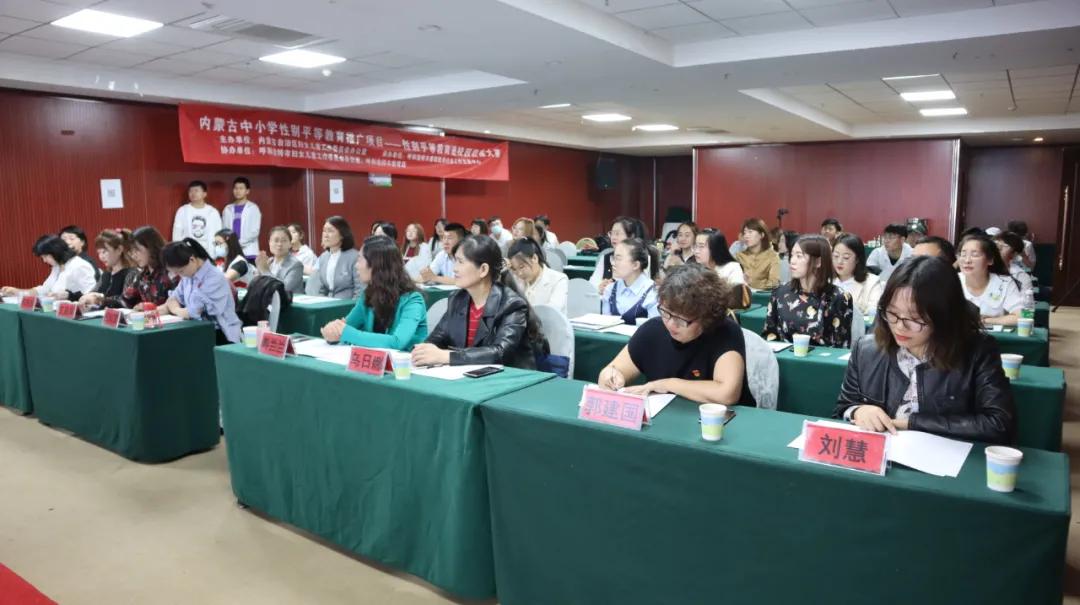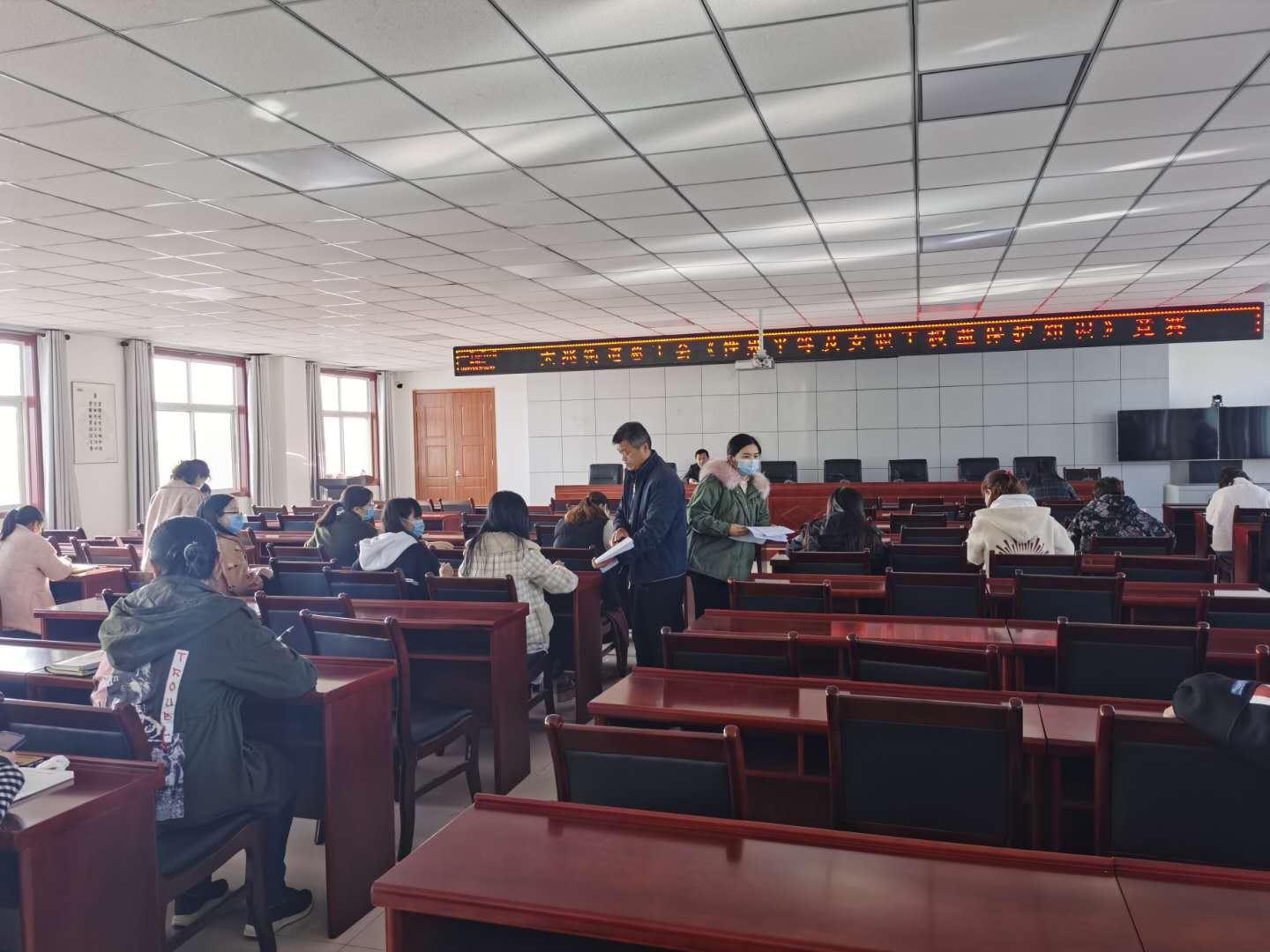摘要:性别平等是一个全球议题,其影响深远且广泛。从全球视角来看,性别平等意味着消除性别歧视,实现男性和女性在社会、经济和政治领域的平等权利和机会。这不仅关乎个体权益,更是社会进步与发展的基石。性别平等推动社会更加和谐稳定,促进资源公平分配,提高整体社会效率。对于全球社会而言,性别平等是构建公正、繁荣和可持续发展的必要前提。
Abstract:
This paper delves into the concept of gender equality, exploring its origins, evolution, and current status in global society. It examines the challenges that still hinder gender equality and the strategies employed to overcome these obstacles. Furthermore, this paper addresses frequently asked questions related to gender equality, providing concise answers to enhance search engine friendliness.
Introduction:
Gender equality has been a fundamental principle in numerous societies, aiming to eliminate discrimination based on gender. Despite global efforts, gender inequality remains a pervasive issue, affecting individuals' opportunities, rights, and privileges. This paper aims to provide an extensive analysis of gender equality, its significance, and the roadblocks hindering its achievement.
Section 1: The Essence of Gender Equality
Gender equality is the belief that men and women should enjoy equal rights, opportunities, and privileges in all aspects of life, including education, health care, employment, and political participation. This concept emerged from the recognition that inherent differences in gender do not justify unequal treatment.
Section 2: The Importance of Gender Equality
Gender equality is crucial for the progress and stability of any society. It fosters a more balanced distribution of power and resources, enhances productivity, and promotes social cohesion. Moreover, it helps break the cycle of discrimination and violence against women and girls, leading to a more equitable society.
Section 3: Challenges to Gender Equality
Although the concept of gender equality has gained widespread acceptance, several factors hinder its achievement. These include cultural norms, societal attitudes, religious beliefs, legal frameworks, and economic disparities. Furthermore, the COVID-19 pandemic has further complicated the path to gender equality by exacerbating existing gender-based inequalities.
Section 4: Strategies to Promote Gender Equality
To overcome these challenges, several strategies are employed. These include education and awareness programs, legal reforms, economic interventions, and participation of women in leadership positions. Moreover, advocating for gender-responsive policies and promoting women's health and well-being are essential.
Subsection 1: Frequently Asked Questions (FAQs) on Gender Equality
Q1: What are the primary barriers to gender equality?
A1: The primary barriers to gender equality include cultural norms, societal attitudes, religious beliefs, legal frameworks, and economic disparities.
Q2: How can we promote gender equality?
A2: Promoting gender equality requires a multifaceted approach, including education and awareness programs, legal reforms, economic interventions, and women's participation in leadership positions.
Q3: What is the role of education in promoting gender equality?
A3: Education plays a pivotal role in promoting gender equality by fostering critical thinking and challenging gender stereotypes. It helps individuals understand the importance of equal rights and opportunities for both genders.
Conclusion:
Gender equality is a fundamental principle that must be promoted and achieved in all societies. It is essential for the progress and stability of any nation. By addressing the challenges hindering gender equality and implementing effective strategies, we can build a more equitable society where men and women enjoy equal rights and opportunities.
The road to gender equality is long and arduous but with continued effort and commitment from all stakeholders, we can overcome the obstacles and achieve a more equitable world.




 浙ICP备14032885号-5
浙ICP备14032885号-5